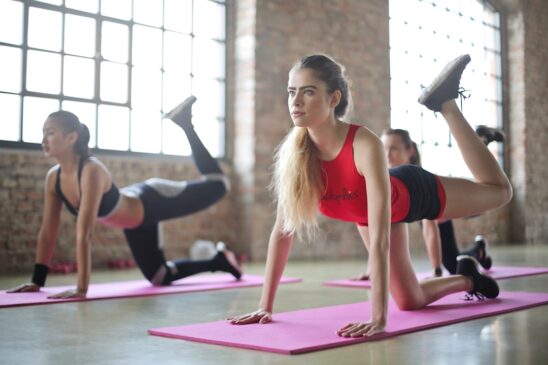Introduction
Embarking on a workout journey can be intimidating, yet incredibly rewarding. Whether you’re a seasoned athlete or a complete novice, understanding effective workout techniques can significantly enhance your fitness experience. In this comprehensive guide, we’ll delve into different workout types, tips for beginners, the role of nutrition, and recovery strategies to keep you on track.
Understanding Workouts
A workout is any physical activity that engages your muscles and promotes overall health. The primary goals of workouts may include:
- Improving strength
- Enhancing cardiovascular health
- Increasing flexibility
- Promoting weight loss
- Boosting overall wellness
Understanding the various components of workouts is pivotal to maximizing your results.
Components of a Successful Workout
- Warm-up: Prepares your body for exercise by increasing heart rate and loosening muscles.
- Workout session: This may consist of strength training, cardio, or flexibility exercises.
- Cool down: Gradually brings your heart rate down while promoting flexibility through stretching.
Types of Workouts
Workouts can be categorized into several main types, each offering unique benefits. Identifying the right type for you is crucial in achieving your fitness goals.
1. Strength Training
Strength training involves using resistance to induce muscle contraction, leading to increased strength, muscle mass, and bone density. Common modalities include:
- Weight lifting (dumbbells, barbells)
- Resistance bands
- Bodyweight exercises (push-ups, squats)
2. Cardiovascular Workouts
Cardio workouts elevate your heart rate, promoting lung capacity and cardiovascular health. Popular forms include:
- Running or jogging
- Cycling
- Swimming
- Aerobics classes
3. Flexibility and Mobility Workouts
These workouts focus on stretching and range of motion to enhance physical performance and reduce injury risk. Options include:
- Yoga
- Pilates
- Static stretching routines
Tips for Beginners
Starting your workout journey can feel overwhelming, but with the right approach and mindset, you can ease into a routine. Consider these essential tips:
1. Set Realistic Goals
Establish clear and attainable goals, whether it’s losing weight, building strength, or enhancing endurance. Break these goals into smaller, manageable milestones.
2. Establish a Routine
Consistency is key. Aim to schedule your workouts into your weekly calendar, making it easier to establish a habit.
3. Start Slow
If you’re new to exercising, it’s important to start slow to prevent injury. Gradually increase the intensity and duration of your workouts.
4. Choose Activities You Enjoy
Finding enjoyment in your workouts is crucial for sustainability. Experiment with different workout types to discover what you love.
The Role of Nutrition in Workouts
Nutrition plays a vital role in enhancing your workout effectiveness. Fueling your body properly can lead to better performance and recovery.
1. Pre-Workout Nutrition
Consuming the right foods before a workout can provide the necessary energy. Ideal pre-workout foods include:
- Bananas or apples
- Oats with fruit
- Greek yogurt with honey
2. Post-Workout Nutrition
Your post-workout meal should focus on replenishing glycogen stores and repairing muscles. Consider these post-workout options:
- Protein shakes
- Grilled chicken with vegetables
- Quinoa with beans
Recovery Strategies
Recovery is just as vital as the workout itself. Here are several strategies to optimize your recovery:
1. Hydration
Staying hydrated before, during, and after workouts is critical to maintaining performance and aiding recovery. Water is often sufficient, but consider electrolyte-rich drinks for prolonged sessions.
2. Rest Days
Rest days are essential for muscle recovery and growth. Aim to include at least one or two rest days in your weekly schedule, especially after intense workouts.
3. Sleep Quality
Prioritizing sleep can drastically improve your workout recovery. Aim for 7-9 hours of quality sleep each night.
4. Stretching and Foam Rolling
Incorporating stretching and foam rolling into your routine can enhance flexibility, reduce muscle tightness, and aid recovery.
Monitoring Your Progress
Tracking your workouts can provide insights into your progression and help you stay motivated. Consider keeping a workout journal or using apps to record:
- The types of workouts completed
- Duration and intensity
- Personal records (PRs) achieved
- Changes in body composition
Conclusion
The journey to a healthier you starts with understanding the fundamentals of effective workouts. By exploring the types of workouts available, setting clear goals, establishing a solid routine, and focusing on nutrition and recovery, you can create a sustainable and enjoyable fitness regimen. Remember, everyone’s fitness journey is unique, so find what works best for you, stay consistent, and celebrate your progress along the way!



